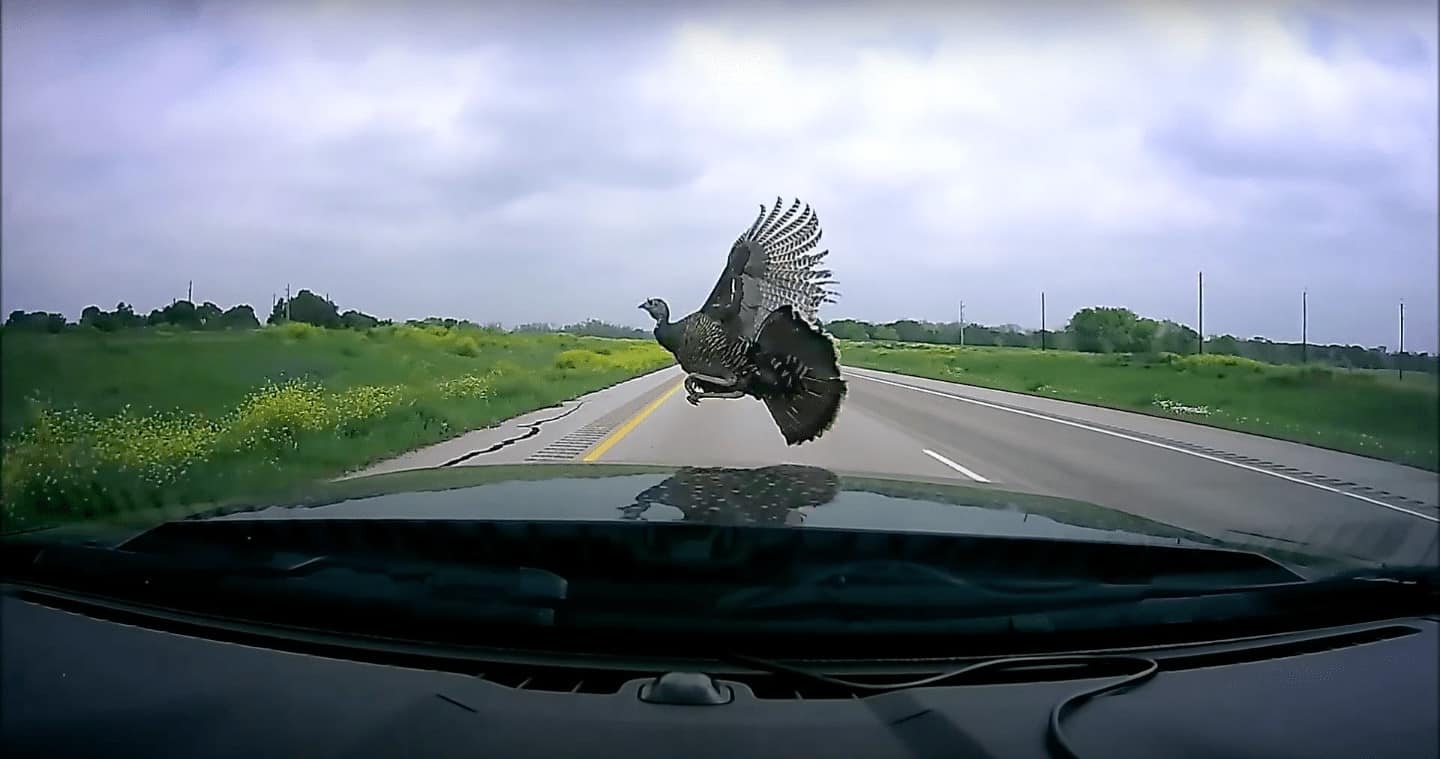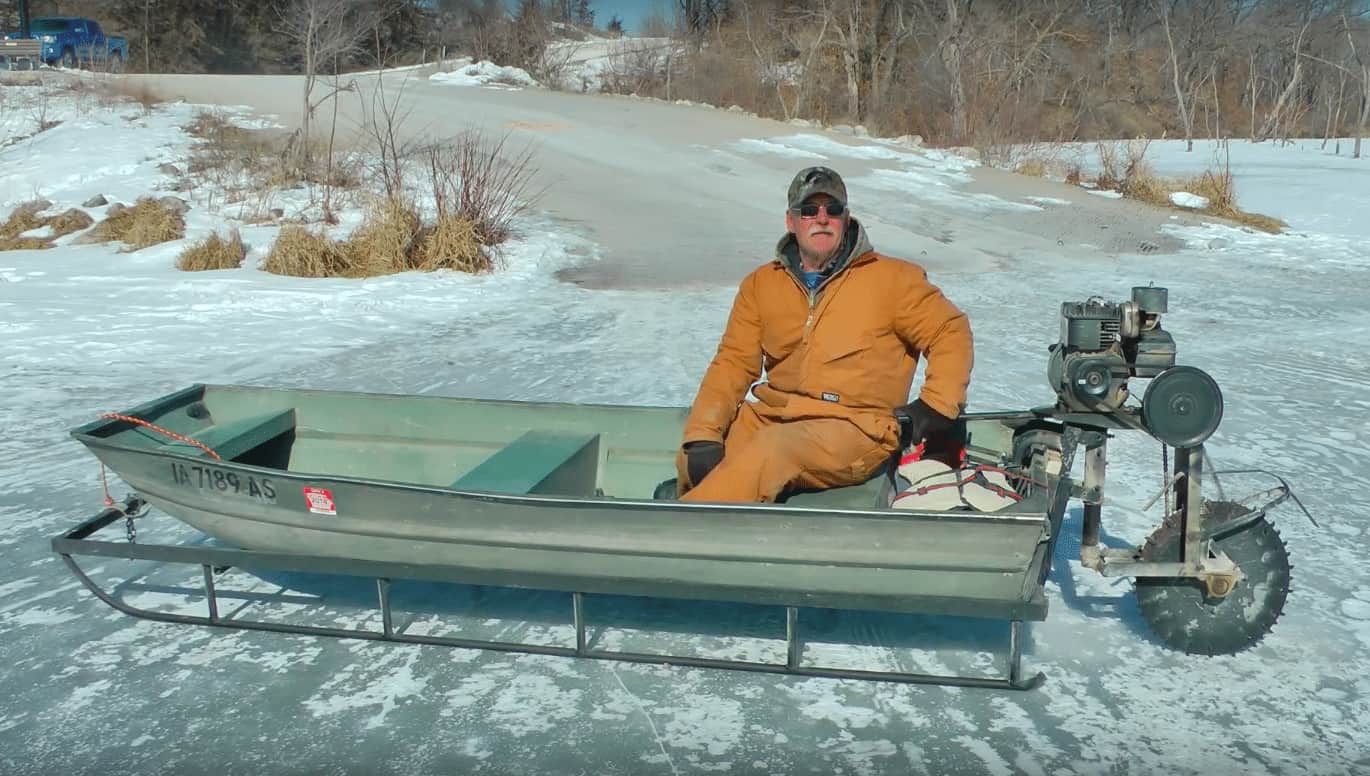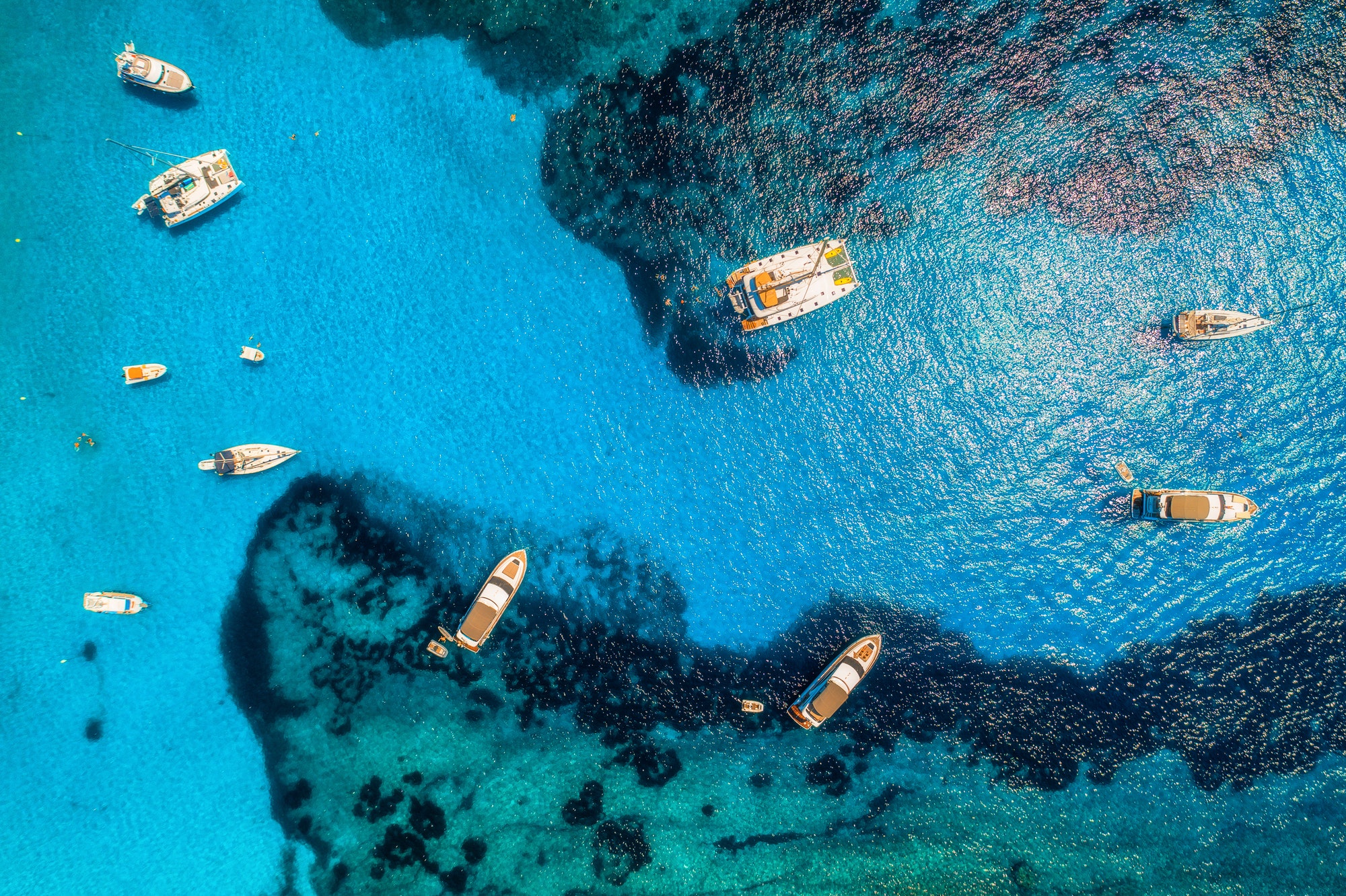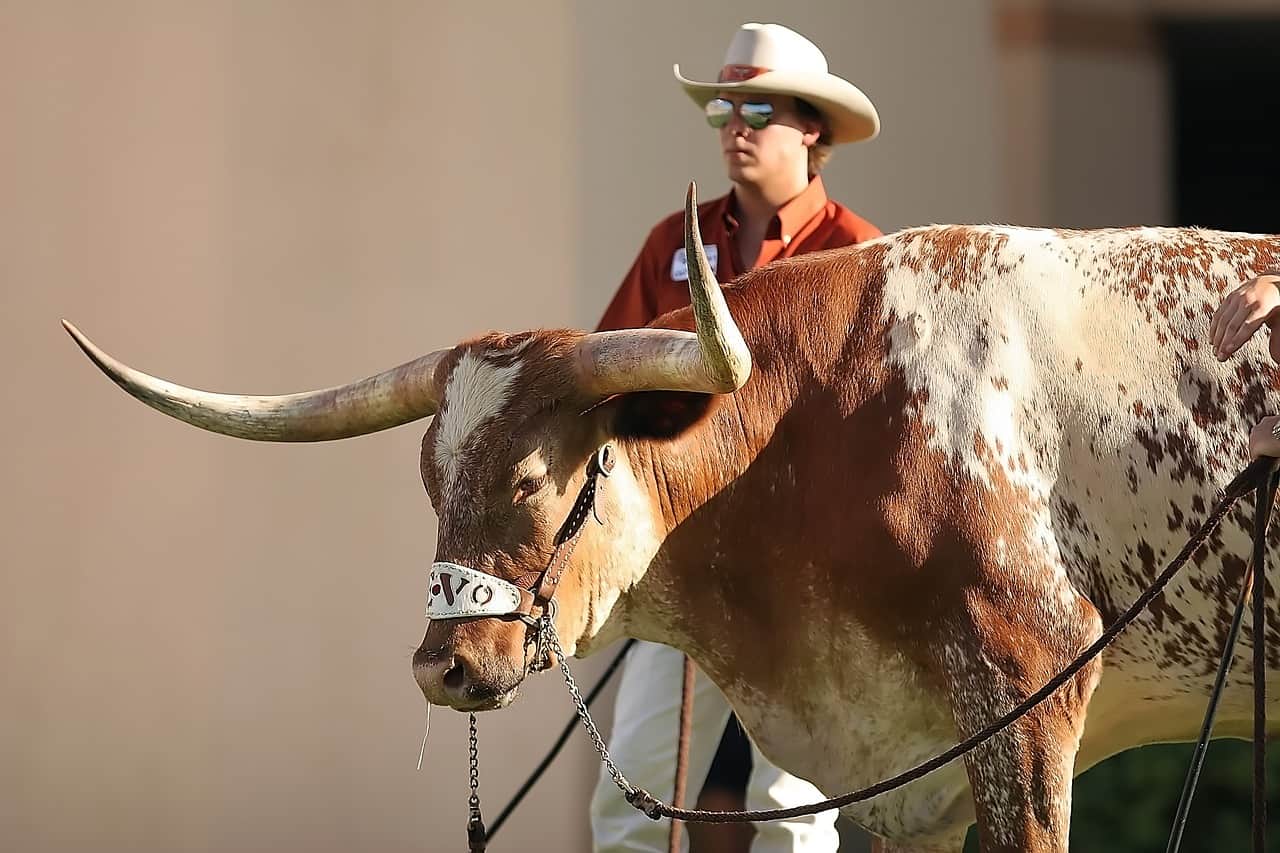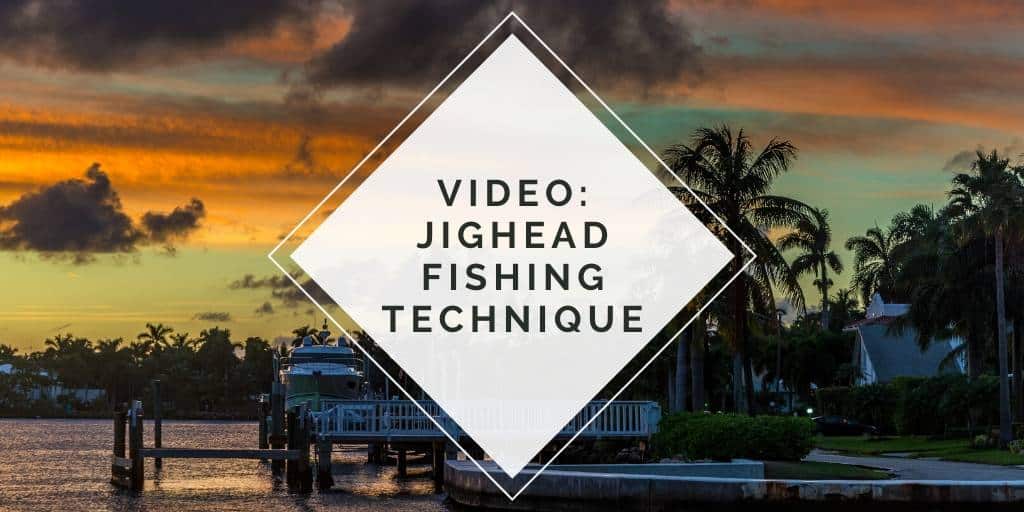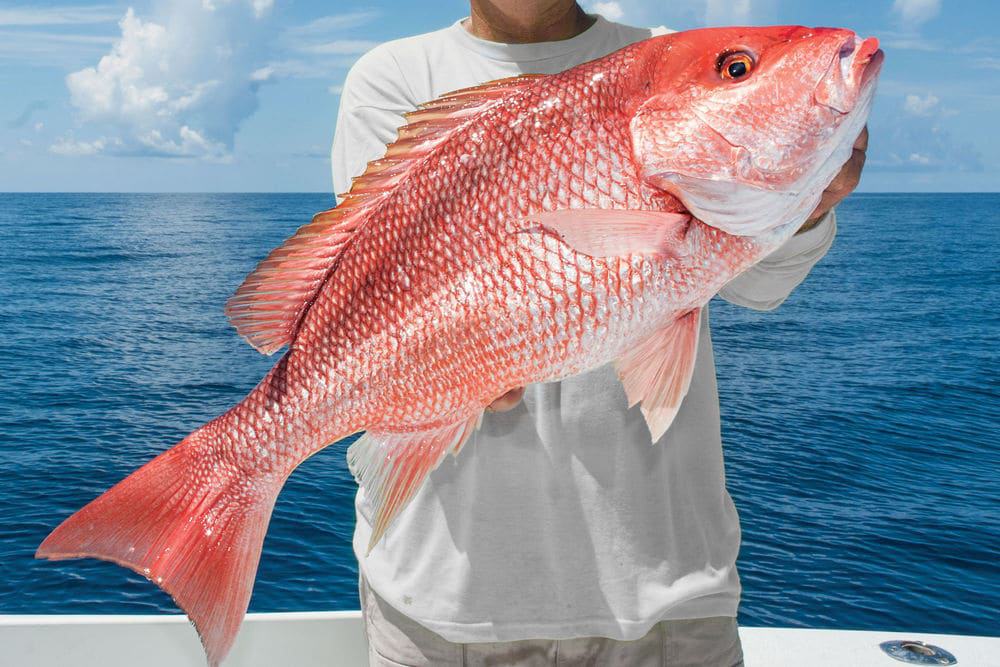
The NOAA has just announced the 2017 red snapper regulations for the Gulf of Mexico and it’s going to come as a gut punch to all anglers!
Per NOAA:
FB17-023
FISHERY BULLETIN ISSUE DATE: May 2, 2017
CONTACT: SERO Sustainable Fisheries, 727-824-5305
NOAA Announces the 2017 Gulf of Mexico Red Snapper Recreational Seasons
WHAT/WHEN:
The 2017 Gulf of Mexico federal red snapper recreational seasons open for the private angling and federally permitted for-hire components on June 1, 2017, at 12:01 a.m., local time. The private angler component season will be 3 days and the federally permitted for-hire component season will be 49 days in federal waters.
Closing dates for each component are:
- Private Anglers: June 4, 2017, at 12:01 a.m., local time.
- Federally Permitted For-Hire Vessels: July 20, 2017, at 12:01 a.m., local time.
HOW THE SEASON LENGTHS WERE DETERMINED:
- The red snapper total recreational quota is allocated 57.7% to the private angling component and 42.3% to the for-hire component.
- In 2016, the total recreational quota was exceeded by 129,906 pounds. The private angling quota was also exceeded.
- The overage of the total recreational quota must be paid back by the private angling component because that component exceeded its quota.
- After adjustment for the 2016 overage, the 2017 annual catch target for the private angling component is 3,004,075 pounds whole weight. The 2017 annual catch target for the for-hire component is 2,278,000 pounds whole weight.
- Catches in both state and federal waters are counted against the quota. The number of days for each component to harvest its annual catch target was calculated using 2016 catch rates and accounting for the expected red snapper harvest during state seasons outside the federal season. Private anglers are expected to harvest nearly 81% of the private angling quota during state seasons that range from 67 to 365 days.
- Based on the 2017 catch targets and after accounting for landings during state seasons, the private angling season in federal waters can be 3 days and the for-hire season can be 49 days.
- For information on red snapper recreational management in the Gulf of Mexico including how the season lengths were projected, go to: http://sero.nmfs.noaa.gov/sustainable_fisheries/gulf_fisheries/red_snapper/index.html.
WHEN THE FEDERAL RED SNAPPER SEASON IS CLOSED:
- Harvest or possession of red snapper in or from federal waters in the Gulf of Mexico is prohibited.
- State water recreational red snapper seasons may differ from federal water season. Please check with your local state’s rules and regulations
- Federally permitted for-hire vessels may not harvest and retain recreationally caught red snapper in state waters, even if state waters remain open after the federal water closure.
FREQUENTLY ASKED QUESTIONS (FAQs)
Why are the private recreational red snapper seasons getting shorter when the population is getting larger?
- To maintain and build on the progress made, NOAA Fisheries needed to set the federal recreational season lengths to keep fishing catches within their targets as mandated by the Magnuson Stevens Act and identified by the Gulf of Mexico Fishery Management Council.
- Catch rates are higher.
- There are more red snapper and anglers are catching them faster, landing fish at two and a half times the rate they did in 2007.
- Today’s red snapper are more than twice the size as in 2007, on average going from 3.3 pounds (2007) to 7.25 pounds (2016).
- Quotas have been adjusted.
- A court ruling required fishery managers to establish accountability measures to reduce the likelihood recreational fishermen will exceed their quota; a 20% recreational quota buffer was established.
- If the annual quota is exceeded, any overage is deducted from the quota for the following fishing season.
- Red snapper are easy to catch.
- More artificial reefs are being placed closer to shore, aggregating fish and making them more accessible to private anglers.
- Technology, such as fish finders and global positioning satellites – GPS, and artificial reefs that aggregate fish, make red snapper easier to find than in the past.
- The average state season lengths have increased since 2012 (see Figure below).
- NOAA Fisheries is responsible for ensuring the entire recreational harvest of red snapper, including harvest in state waters, does not exceed the recreational quota.
- Therefore, if states establish a longer season for state waters than allowed in federal waters, the federal season must be adjusted to account for the additional harvest expected in state waters.
- Private anglers are projected to catch nearly 81% of the annual catch target in 2017 during state seasons, leaving less than 600,000 pounds for the private federal season.
State seasons for 2017 are expected vary from 67 to 365 days.
Federal season length and the average state season length for West Florida through Louisiana. Texas is excluded because they have maintained a year-round season.
What are the quotas and annual catch targets for 2017?
- The allowable catch of red snapper in the Gulf of Mexico for both the commercial and recreational sectors is 13.74 million pounds whole weight. The recreational sector is allocated 49% of that total, which is 6,733,000 pounds whole weight.
- Both the total recreational quota and the private angling component quota are reduced by the overage of the 2016 total recreational quota.
- The annual catch targets are 80% of the quotas. This 20% buffer helps maintain landings within the total quota.
| Sector or Component | 2017 quota
(pounds whole weight) |
2017 Annual Catch Target
(pounds whole weight) |
| All Recreational | 6,603,094* | n/a |
| Federal for-hire | 2,848,000 | 2,278,000 |
| Private angling | 3,755,094* | 3,004,075** |
*Adjusted by 129,906 lbs whole weight to account for 2016 overage, **80% of the adjusted quota
Why does the recreational sector get 49% of the allowable catch in 2017 instead of the 51.5% that sector got in 2016?
- The allocation of 51.5% to the recreational sector and 48.5% to the commercial sector was established in 2016 through Amendment 28 to the reef fish management plan.
- However, NOAA Fisheries was sued over the allocation change and the judge vacated the final rule implementing Amendment 28.
- Therefore, NOAA Fisheries has projected the length of the recreational seasons based on the allocations in effect before implementation of the Amendment 28 final rule, which is 49% to the recreational sector and 51% to the commercial sector.
How are state season landings for red snapper estimated?
- Multiple data sets are used to determine the amount of red snapper recreational landings:
- The Marine Recreational Information Program is the source of private and charter landings from state and federal waters off Florida, Alabama, and Mississippi.
- Louisiana and Texas have separate data collection programs for private anglers and charter vessels.
- Headboat landings are reported to the Southeast Region Headboat Survey.
- Any recreational landings of red snapper reported in federal waters outside the federal season must be reassigned to state seasons, as they could not have been legally harvested from federal waters.
- A portion of state waters landings during waves (2-month periods) when the federal season and state season overlap are assigned to state seasons; this portion is based on the ratio between open federal days and open state days during the wave.
- When all these factors and data sources are included, total state season red snapper recreational landings were approximately 2.5 million pounds for 2016.
- Because federally permitted charter vessels and headboats cannot fish in state waters when the federal season for red snapper is closed, all for-hire landings from are attributed to non-federally permitted vessels, which are part of the private angler component.
- If nothing were to change from last year, it is anticipated that state waters would account for 83% of the total catch target for recreational red snapper; however, Florida is considering a slightly shorter season this year, so our current projections anticipate 81% of the catch target will be landed in state waters in 2017.
- The assignment of landings to state versus federal seasons is discussed in detail in the 2017 season projection report at http://sero.nmfs.noaa.gov/sustainable_fisheries/gulf_fisheries/red_snapper/documents/pdfs/gulf_red_snapper_rec_season_2017.pdf.
Where can I find more information on the red snapper fishery in the Gulf of Mexico?
- For more information on Red Snapper, Past, Present and Future, please visit http://sero.nmfs.noaa.gov/sustainable_fisheries/gulf_fisheries/red_snapper/index.html.
SIGN UP FOR TEXT MESSAGE ALERTS – FIND OUT ABOUT IMMEDIATE OPENINGS AND CLOSURES
NOAA’s Text Message Alert Program allows you to receive important fishery related alerts via text message (SMS). Standard message & data rates may apply. You may opt-out at any time.
Text alerts you may receive include:
- Immediate fishery openings and closures
- Any significant changes to fishing regulations that happen quickly
Sign up for one or more of the following groups:
- Gulf of Mexico Recreational Fisheries Related Alerts
- Text GULFRECFISH to 888777
- Gulf of Mexico Commercial Fisheries Related Alerts
- Text GULFCOMMFISH to 888777
- South Atlantic Recreational Fisheries Related Alerts
- Text SATLRECFISH to 888777
- South Atlantic Commercial Fisheries Related Alerts
- Text SATLCOMMFISH to 888777
- Caribbean Fisheries Related Alerts
- Text CARIBFISH to 888777
Other contacts:
Media: Kim Amendola, 727-551-5707
Allison Garrett, 727-551-5750

